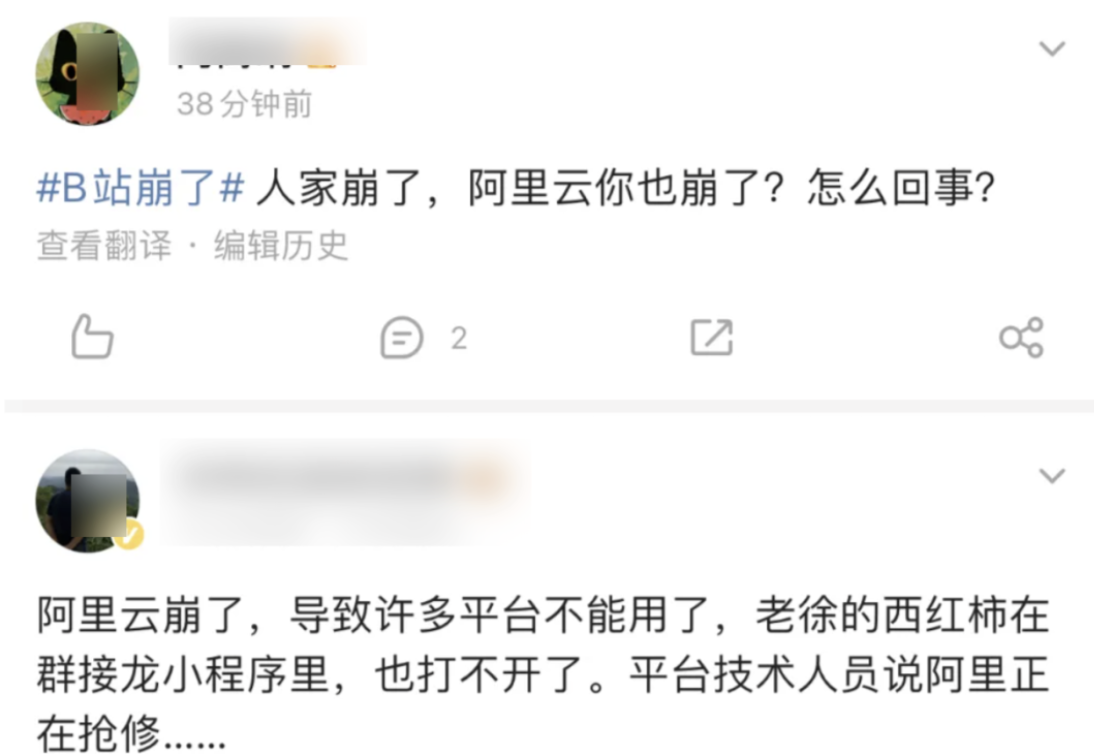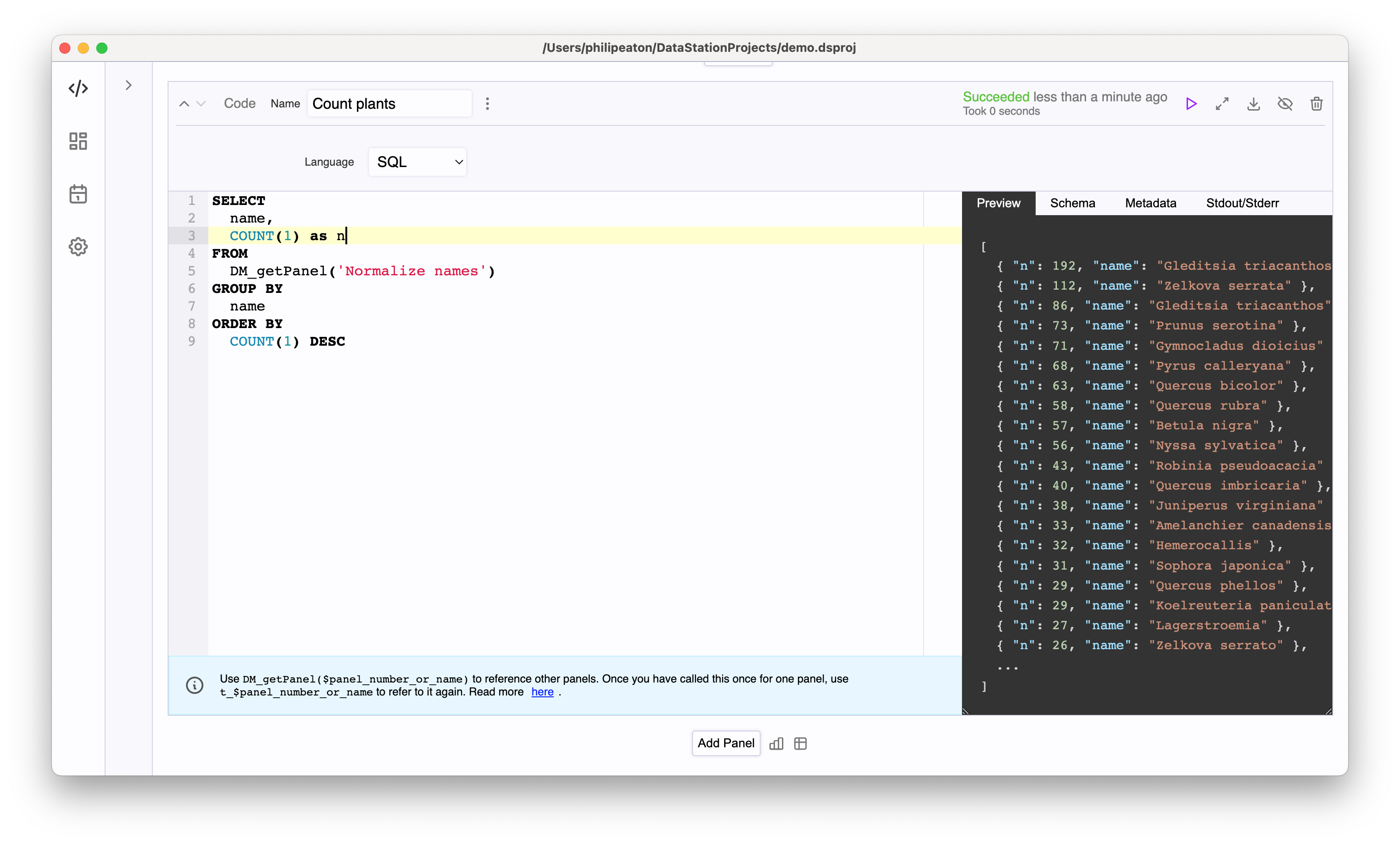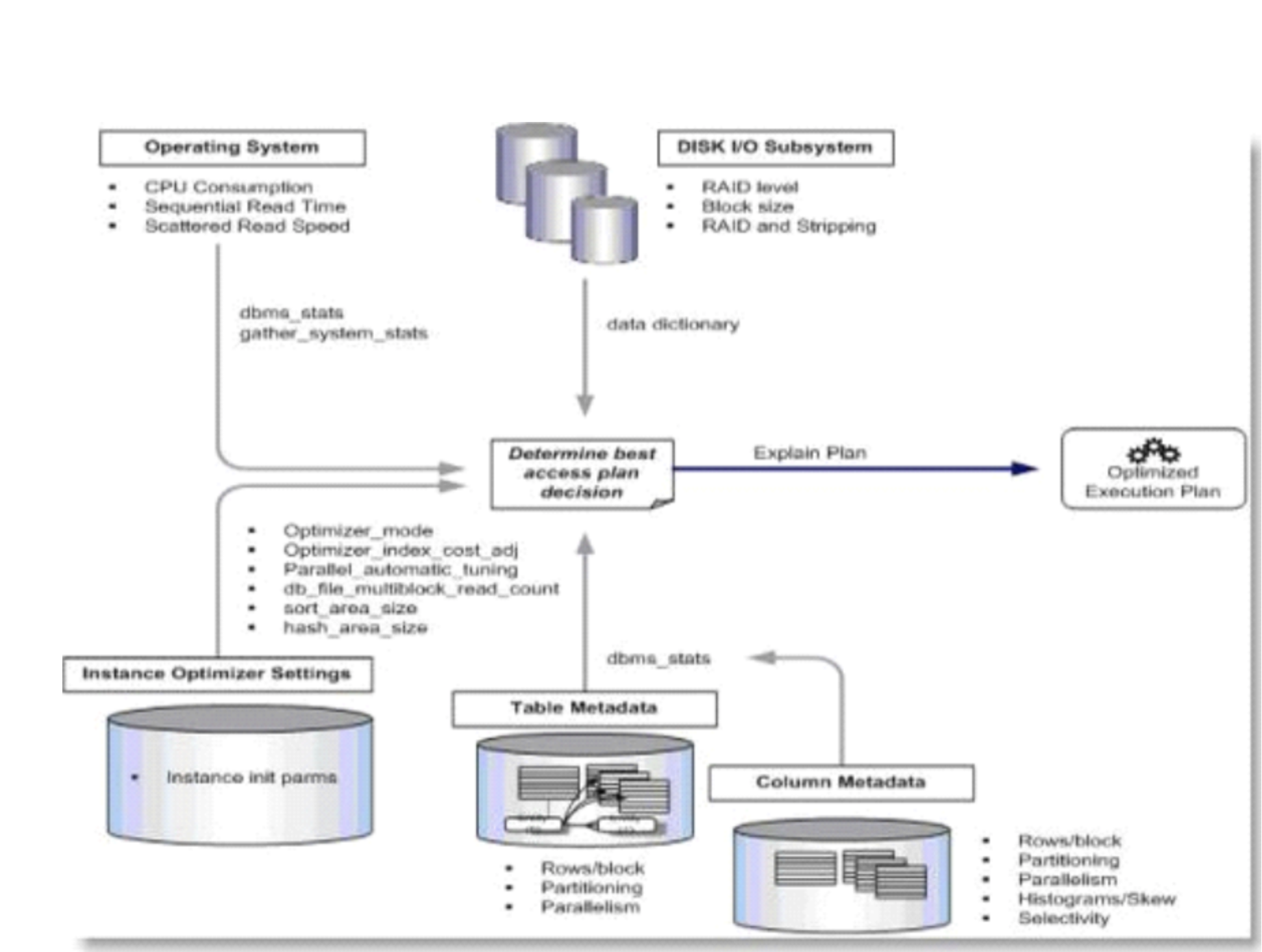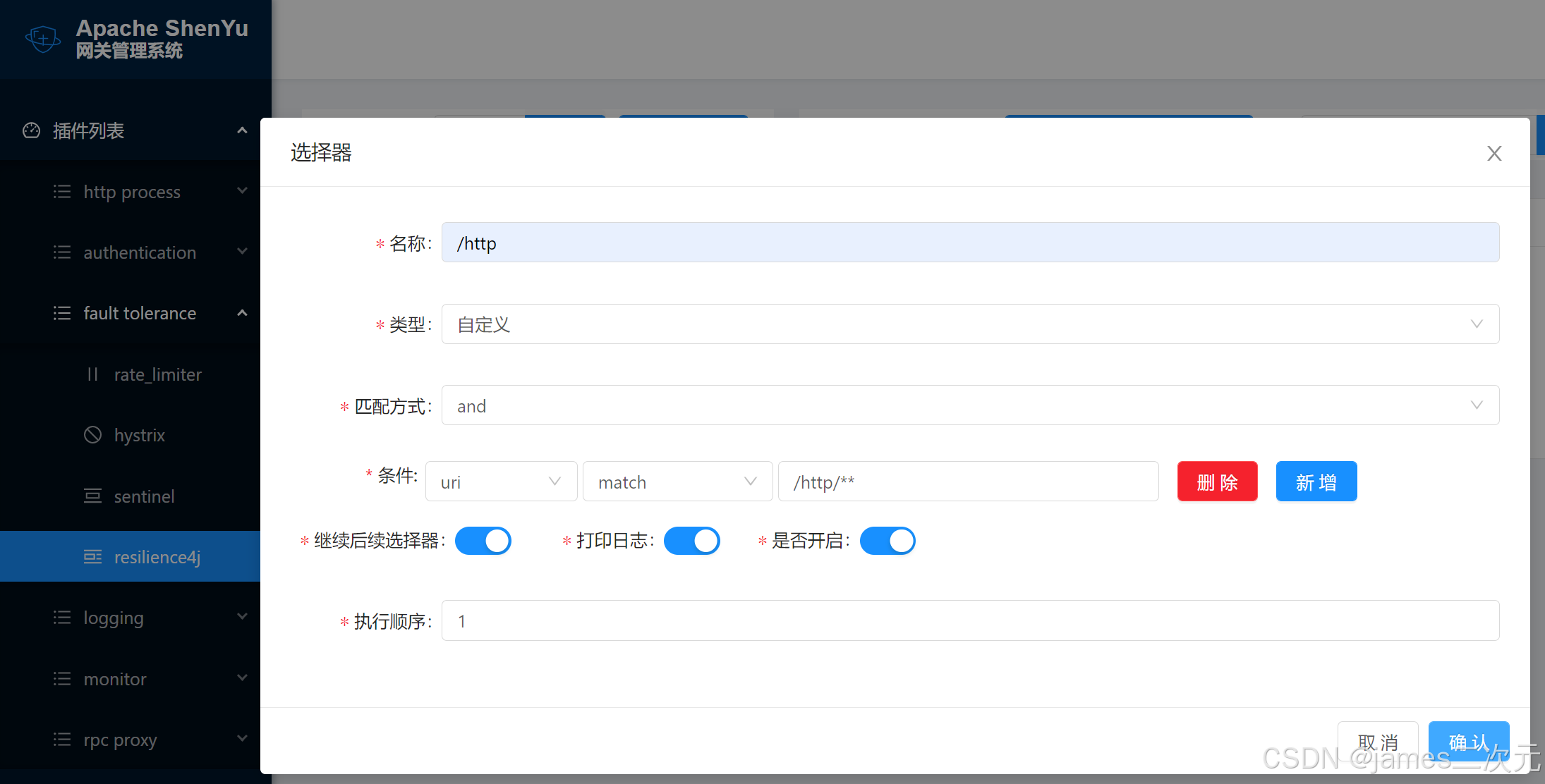路口最短时间问题 (200)
- 街道是棋盘型的,(十字路口)每格距离相等,车辆通过每格的街道时间均为time_per_road;
- 十字路口有交通灯,此处车辆可直行、左转、右转,直行和左转需要等待相应T时间;右转无需等待;
- 现给出n*m个街口的交通灯等待时间,及街口的起止坐标,计算车辆从起始到终止的最短时间;
- 终点路口的等待时间不计入;
输入描述:
每个十字路口的等待时间(二维数组),街道通过时间,起始点,终止点
如:
[[1, 2, 3], [4, 5, 6], [7, 8, 9]],60,0,0,2,2
输出描述:
从起始点到终点的最短时间
245
说明,以上行走路径为(0,0)->(0,1)->(1,1)->(1,2)->(2,2) 2个右转,一个左转,共耗时60+0+60+5+60+0+60=245
思路:
-
为确定直行、右转、左转的方向,所以需要分情况讨论进入起始十字路口的方向;
- 分别以上、右、下、左四个方向进入起始点,并设定进入的时间为0,入队,然后开始BFS;
- 每种方向情况下,计算出可以走的直行、右转、左转方向,再开始行走到下一个位置,若时间更少,则放入队列;

-
期间时间的累加,非右转时,红灯等待时间 + 街道通行时间;右转只有街道通行时间;
-
使用result 二维数组表示到达每个十字路口的最小时间(包括四个方向)
-
最后取终点位置四个方向的最小值;
import queue
# 上、右、下、左
directions = [[-1, 0], [0, 1], [1, 0], [0, -1]]
def calcTime(lights, time_per_road, row_start, col_start, row_end, col_end):
# 二维数组的行、列数
col = col_end + 1
row = row_end + 1
# result 表示 以哪种方式转弯,通过街道后进入该十字路口
# [
# [1, 2, 3],
# [4, 5, 6],
# [7, 8, 9]
# ] 每个数字表示该十字路口的等待时间,即 lights
# result 则把对应的数字替换为[inf, inf, inf, inf]
# 表示分别以四种方式转弯,通过街道到达该位置的最短时间
result = [[[float('inf') for i in range(4)] for j in range(col)] for k in range(row)]
# 队列
pq = queue.Queue()
# 进入起始十字路口 可以有四种方式,针对具体每种方式,才可以确定从该路口通过时
# 的直行、右转、左转
for i in range(4):
# 进入十字路口的 每种方式入队 i -> 0, 1, 2, 3 对应directions的索引
pq.put([0, [row_start, col_start, i, 0]]) # 以第i种方式转弯,然后通过街道后,进入到起始点位置,时间初始化为0
# 起始点,每种方式的进入,时间都设置为0
result[row_start][col_start][i] = 0
# 从初始点开始走
while True:
if pq.qsize() <= 0:
break
else:
point_t = pq.get() # 出队
print("point", point_t)
point = point_t[1] # [0, 0, 0, 0]
# 当前方式转弯 进入该点的时间,若比 result 中已有的对应时间大,则跳过
if point[3] > result[point[0]][point[1]][point[2]]:
continue
# 当前以point[2]转弯方式,通过街道进入该point十字路口,通过该路口时
# 直行、右转、左转方向计算
for i in range(4):
# 确定方向的索引
cur_direct = (point[2] + i) % 4
# if not (directions[i][0] == 1 and directions[i][1] == 0): # 方向 (1, 0) 不能走
if not (cur_direct == (point[2] + 2) % 4): # 其他方向都是可以走
# 新位置点
new_x = point[0] + directions[cur_direct][0]
new_y = point[1] + directions[cur_direct][1]
# 判断新位置点是否有效
if 0 <= new_x < row and 0 <= new_y < col:
# 通过中间街道 耗时
new_time = point[3] + time_per_road
# cur_direct 不是右转时,还要累加红灯等待时间
# if not (directions[i][0] == 0 and directions[i][1] == 1):
if not (cur_direct == (point[2] + 1) % 4):
# 加街口的等待时间
new_time += lights[point[0]][point[1]] # 通过的上一个十字路口 红灯等待
# 以cur_direct 转弯/直行,并通过街道到达新位置的时间为new_time
# 以更小的时间更新result
if new_time < result[new_x][new_y][cur_direct]:
result[new_x][new_y][cur_direct] = new_time # 取更小的时间
pq.put([new_time, [new_x, new_y, cur_direct, new_time]])
print(result)
return min(result[row_end][col_end])
lights = [[1, 2, 3], [4, 5, 6], [7, 8, 9]]
time_per_road = 60
row_start = 0
col_start = 0
row_end = 2
col_end = 2
min_time = calcTime(lights, time_per_road, row_start, col_start, row_end, col_end)
print(min_time)
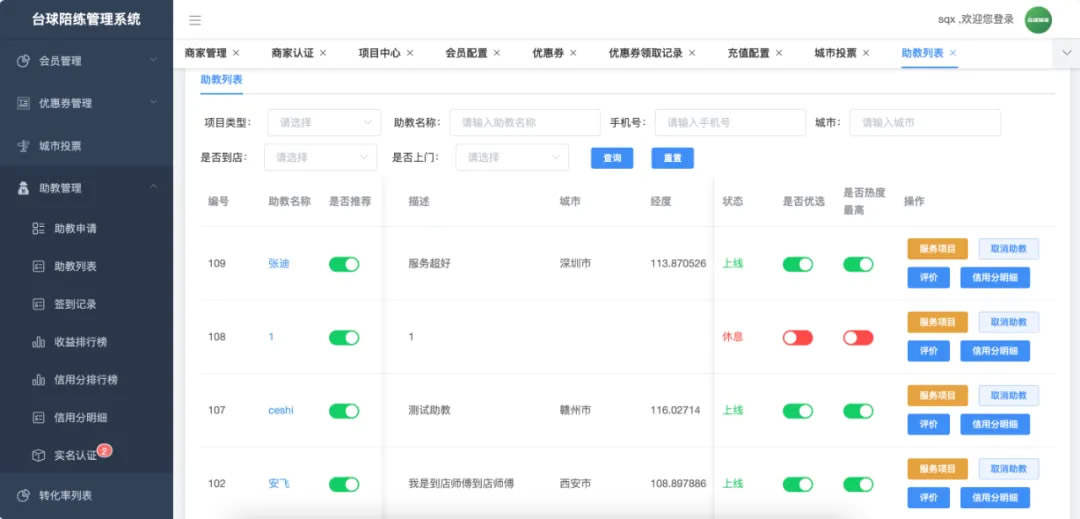



![[CTF]-Reverse:纯逻辑分析题型综合解析](https://i-blog.csdnimg.cn/blog_migrate/cbfc05cef5495941c5f66f1fc666428d.png)




